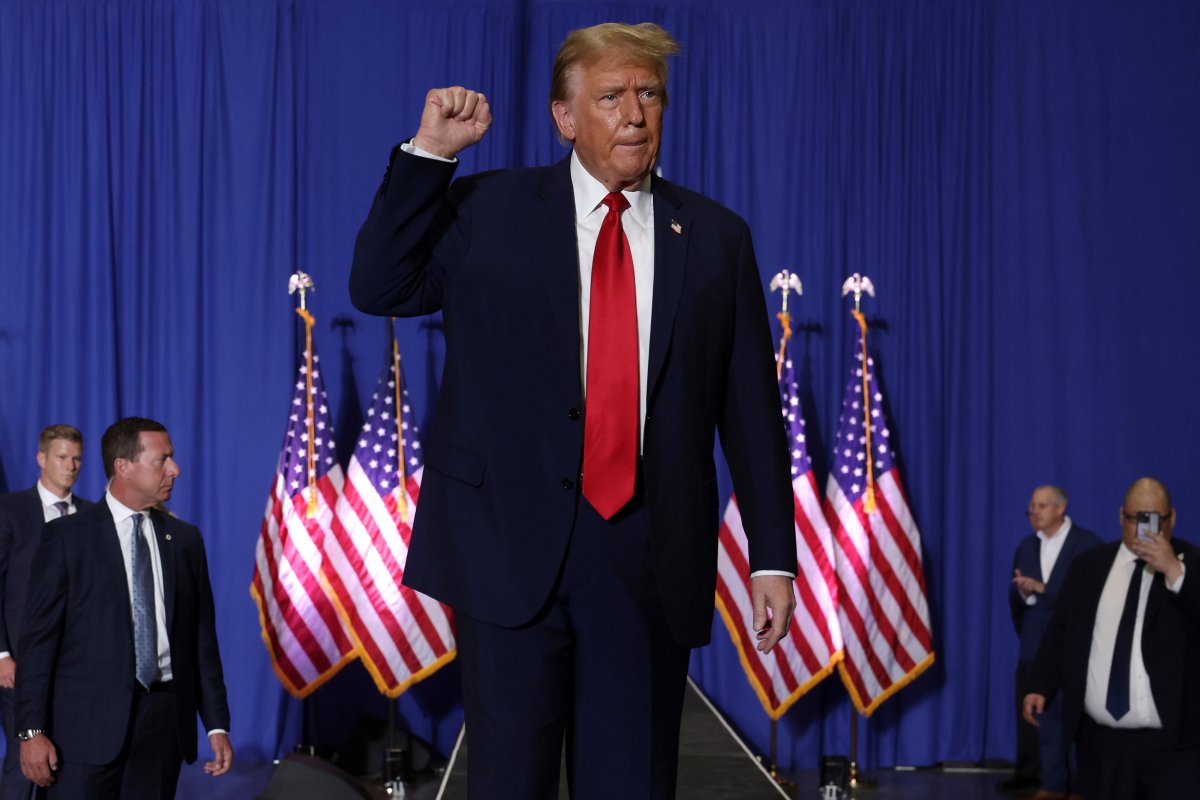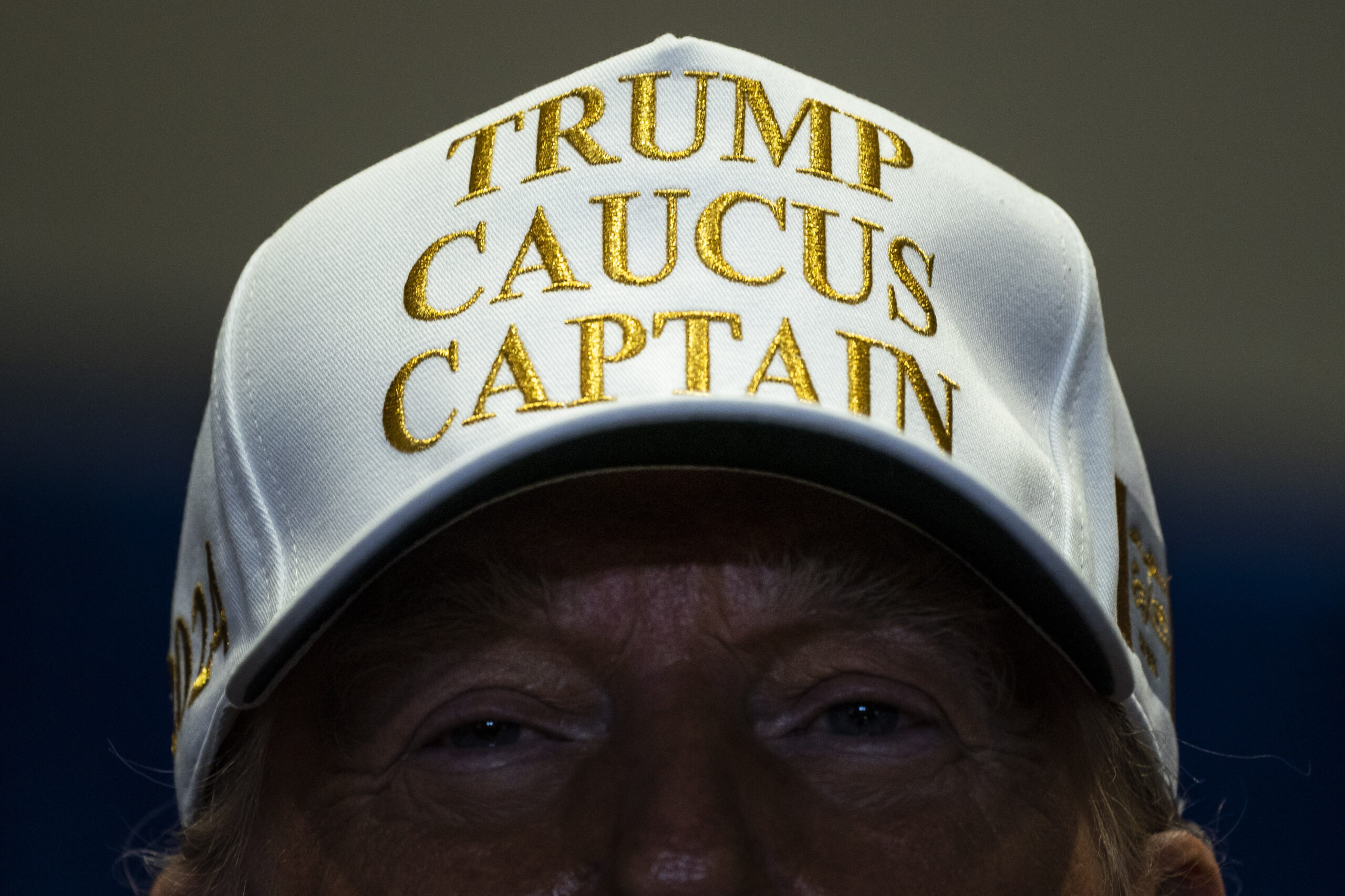The former President, Donald Trump, secured a significant victory on March 2nd at the Idaho Republican caucus, marking his second triumph of the day in his pursuit of the Republican presidential nomination for 2024.
Trump’s commanding lead in Idaho was evident as he secured a resounding 85 percent of the vote, leaving his closest competitor, Nikki Haley, trailing far behind with only 13.1 percent. This win adds to a string of impressive victories in various primaries and caucuses leading up to the pivotal Super Tuesday.
A notable contrast emerged when comparing Trump’s performance in the 2016 Idaho Republican primary to the recent caucus. Back in 2016, Senator Ted Cruz emerged victorious with 45 percent of the vote, while Trump secured second place with 28 percent. However, in the 2024 Idaho Republican caucus, Trump surged ahead with over 33,000 votes, dwarfing Haley’s tally of just over 5,000.
Nevertheless, concerns arose over a drop in voter turnout, prompting accusations of voter suppression. Critics pointed to the decrease in participation as evidence of efforts to discourage engagement in the Idaho Presidential Caucus, questioning the suitability of those involved for leadership roles within the Republican Party.

Trump (Credits: Newsweek)
The format of the caucus, differing from previous years’ primaries, added to the complexity of the voting process. Similar to the situation in Missouri earlier in the day, Idaho opted for a caucus system rather than a primary, a change made by the state legislature last year to streamline elections and cut costs.
This shift caused confusion among some Idahoans, with complaints directed at Idaho GOP Chairwoman Dorothy Moon for the perceived disorganization.
Reports surfaced of voters anticipating lengthy waits, potentially deterring them from participating despite the actual process being faster than expected. These frustrations underscored the challenges associated with adapting to new election procedures.
Looking ahead, Democrats in Idaho are gearing up for their primary election scheduled for May 23, 2024, marking another significant milestone in the electoral process.























